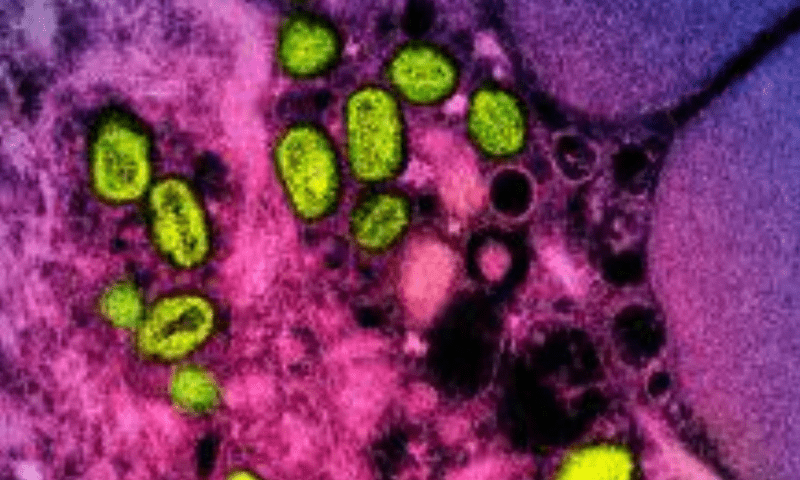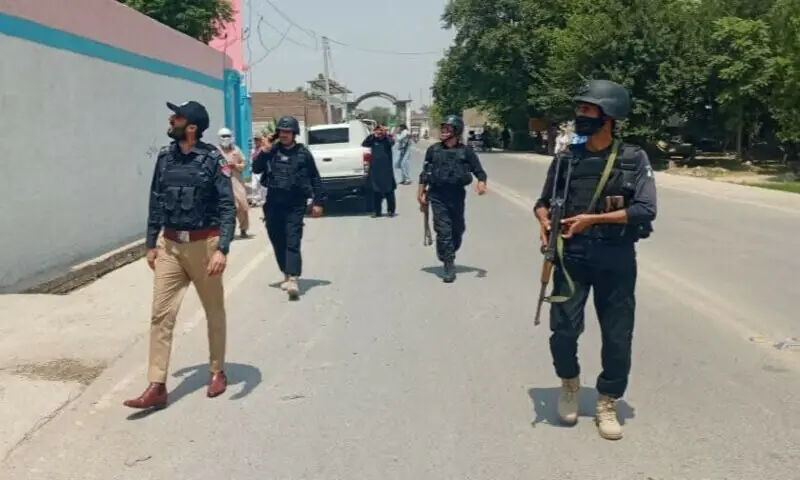Sierra Leone declared a public health emergency on Monday to combat mpox and announced it was stepping up surveillance at its borders after confirming two cases of the deadly viral disease.
“The confirmation of two cases of mpox in the country has prompted immediate action as mandated by the public health law,” Health Minister Austin Demby told reporters in Freetown.
“On behalf of the Government of Sierra Leone, I declare a public health emergency.”
Last week, Sierra Leone reported its first confirmed case of mpox since the world’s highest alert level for the disease was raised last year.
A second case has since been confirmed after a 21-year-old man showed symptoms on January 6, the National Public Health Agency said on social media on Monday.
The public health emergency “allows us to act immediately to mobilize the resources necessary to contain the disease, prevent further spread and provide care to those affected,” the minister stated.
Demby also announced increased border surveillance and testing, as well as the launch of a national awareness campaign.
He added that Sierra Leone’s medical system was prepared to respond to the cases, pointing to experience gained during the Ebola and Covid-19 outbreaks.
“We urge all citizens to remain calm, stay informed and quickly report any suspected cases to health authorities,” Demby said.
MPOX is caused by a virus from the same family as smallpox and manifests itself with high fever and skin lesions called vesicles.
First identified in the Democratic Republic of the Congo in 1970, the disease had generally been limited to a dozen African countries, but began to spread more widely in 2022, reaching developed countries where the virus had never previously circulated.
The World Health Organization (WHO) declared its highest alert level in 2024. Sierra Leone was one of the countries hardest hit by Ebola, which devastated West Africa a decade ago in an epidemic that killed about 4,000 people, including They account for almost seven percent of healthcare workers. workers, between 2014 and 2016.








